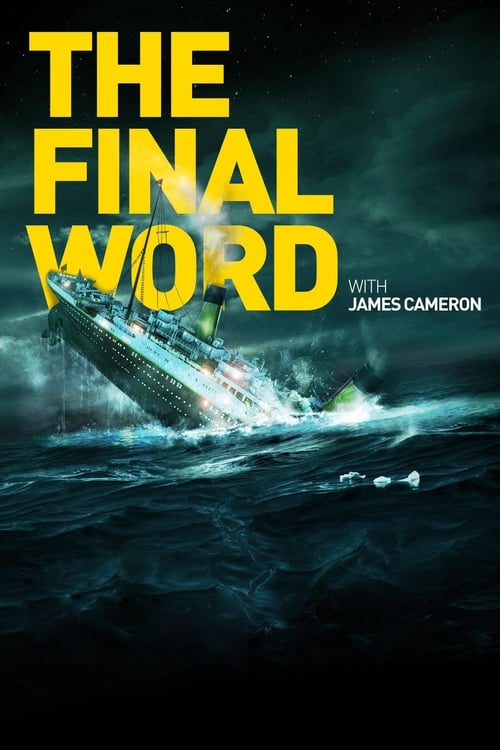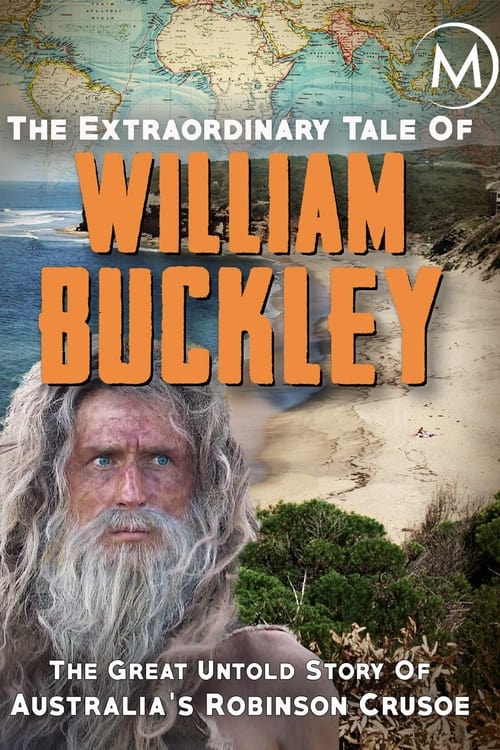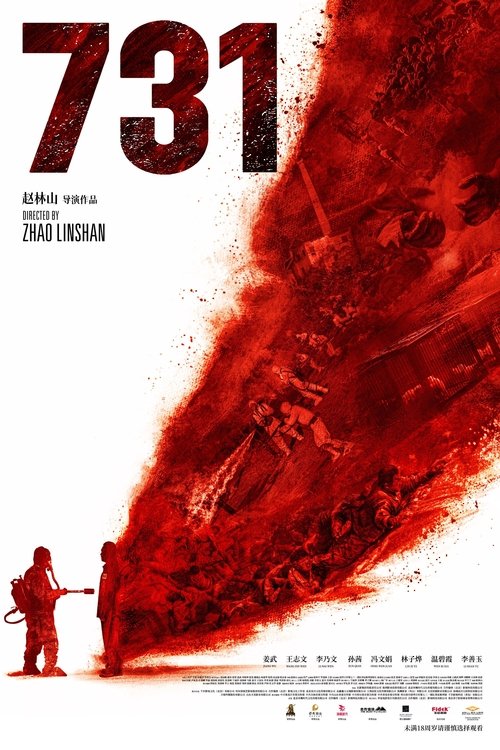
Ask Your Own Question
What is the plot?
More Movies Like This
Browse All Movies →
What is the ending?
In the ending of "Storming Juno," the soldiers face the aftermath of the D-Day invasion. The film concludes with the characters reflecting on their experiences and the heavy toll of war. The main characters, including Private Dwyer, Corporal McCauley, and Sergeant McDonald, confront the realities of loss and survival as they navigate the chaos of battle.
As the film progresses towards its conclusion, the scene opens on the beach at Juno, where the chaos of the invasion is palpable. The sound of gunfire and explosions fills the air, and the camera captures the frantic movements of soldiers as they attempt to secure a foothold on the beach. Private Dwyer, who has been a central figure throughout the film, is seen struggling with the weight of his responsibilities and the fear of losing his comrades. His internal conflict is evident as he grapples with the horrors surrounding him.
In a pivotal moment, Dwyer witnesses the death of a close friend, which deepens his emotional turmoil. The camera lingers on his face, capturing the shock and grief that wash over him. This loss serves as a turning point for Dwyer, pushing him to fight harder and protect those who remain. He becomes more determined, channeling his pain into a fierce resolve to survive and honor his fallen friend.
Meanwhile, Corporal McCauley and Sergeant McDonald are also navigating their own challenges. McCauley, who has shown bravery throughout the battle, faces a critical moment when he must make a decision that could save his squad but also put him in danger. The tension builds as he weighs his options, and ultimately, he chooses to lead his men forward, showcasing his leadership and commitment to their safety.
As the battle rages on, the soldiers begin to push inland, but the cost is high. The film does not shy away from depicting the brutal realities of war, with scenes of injury and loss interspersed with moments of camaraderie among the soldiers. The emotional weight of their experiences is palpable, and the audience is left to feel the gravity of their sacrifices.
In the final scenes, the surviving characters regroup, and the camera captures their weary faces, marked by the trauma of what they have endured. Dwyer, McCauley, and McDonald share a moment of reflection, acknowledging the losses they have faced and the bonds they have formed. The film closes with a sense of somber victory; they have taken the beach, but at a great cost. Each character is left to grapple with their experiences, forever changed by the events of that day.
Dwyer, having survived the battle, is left with the haunting memories of his fallen friends. McCauley emerges as a leader, but the weight of responsibility weighs heavily on him. McDonald, too, carries the scars of war, both physical and emotional. The film ends on a note of resilience, highlighting the enduring spirit of those who fought, even as they confront the harsh realities of their experiences.
Is there a post-credit scene?
The movie "Storming Juno," produced in 2010, does not have a post-credit scene. The film concludes its narrative without any additional scenes or content after the credits roll. The focus remains on the intense and emotional experiences of the characters during the D-Day landings at Juno Beach, emphasizing their struggles and sacrifices during World War II. The ending serves to encapsulate the themes of bravery, loss, and the harsh realities of war, leaving the audience with a poignant reflection on the events depicted in the film.
What are the main character's motivations for joining the military?
The main characters, including Private John 'Juno' McCauley, are driven by a sense of duty and patriotism. They are motivated by the desire to fight for their country and to protect their loved ones back home. McCauley, in particular, feels a strong obligation to serve, influenced by the stories of valor and sacrifice he has heard throughout his life.
How does the character of Corporal 'Sully' Sullivan cope with the horrors of war?
Corporal 'Sully' Sullivan struggles with the psychological toll of combat. He often reflects on the loss of his friends and the brutality of the battlefield, which leads him to moments of deep introspection. His coping mechanisms include camaraderie with fellow soldiers, but he also experiences moments of despair and guilt, questioning the purpose of their sacrifices.
What challenges do the soldiers face during the landing at Juno Beach?
The soldiers face numerous challenges during the landing at Juno Beach, including heavy enemy fire, rough seas, and the chaos of battle. Many are met with obstacles such as barbed wire and mines, which complicate their advance. The emotional weight of witnessing comrades fall around them adds to the intensity of their struggle, creating a palpable sense of fear and urgency.
How does the relationship between the soldiers evolve throughout the film?
The relationship between the soldiers evolves from initial camaraderie and shared purpose to a deeper bond forged through shared trauma and loss. As they face life-and-death situations, they develop a profound understanding of each other's fears and motivations. This evolution is marked by moments of vulnerability, where they share personal stories and support one another in the face of overwhelming adversity.
What role does the character of Lieutenant Colonel 'Bobby' Roberts play in the story?
Lieutenant Colonel 'Bobby' Roberts serves as a commanding officer who embodies leadership and responsibility. He is depicted as a figure of authority who must make difficult decisions under pressure. His character reflects the burden of leadership during wartime, as he grapples with the safety of his men while pushing them to fulfill their mission. His interactions with the soldiers reveal his commitment to their well-being, even as he faces the harsh realities of combat.
Is this family friendly?
"Storming Juno," produced in 2010, is a war drama that depicts the events of D-Day during World War II, focusing on the experiences of Canadian soldiers. While the film aims to portray the bravery and sacrifice of these soldiers, it contains several elements that may be objectionable or upsetting for children or sensitive viewers.
-
Graphic Violence: The film includes intense battle scenes that depict the chaos and brutality of war, including gunfire, explosions, and injuries. These scenes can be quite graphic and may be distressing.
-
Death and Loss: Characters experience the loss of comrades, which is portrayed with emotional weight. The impact of death on soldiers and their families is a recurring theme.
-
Emotional Trauma: The psychological effects of war are explored, including fear, anxiety, and the burden of responsibility that soldiers feel. This may resonate deeply with sensitive viewers.
-
War Realities: The film does not shy away from the harsh realities of combat, including the moral dilemmas faced by soldiers and the consequences of their actions.
-
Language: There may be instances of strong language used in the context of military life and the stress of battle.
Overall, while "Storming Juno" is a significant historical narrative, its portrayal of war may not be suitable for younger audiences or those who are particularly sensitive to themes of violence and loss.





















